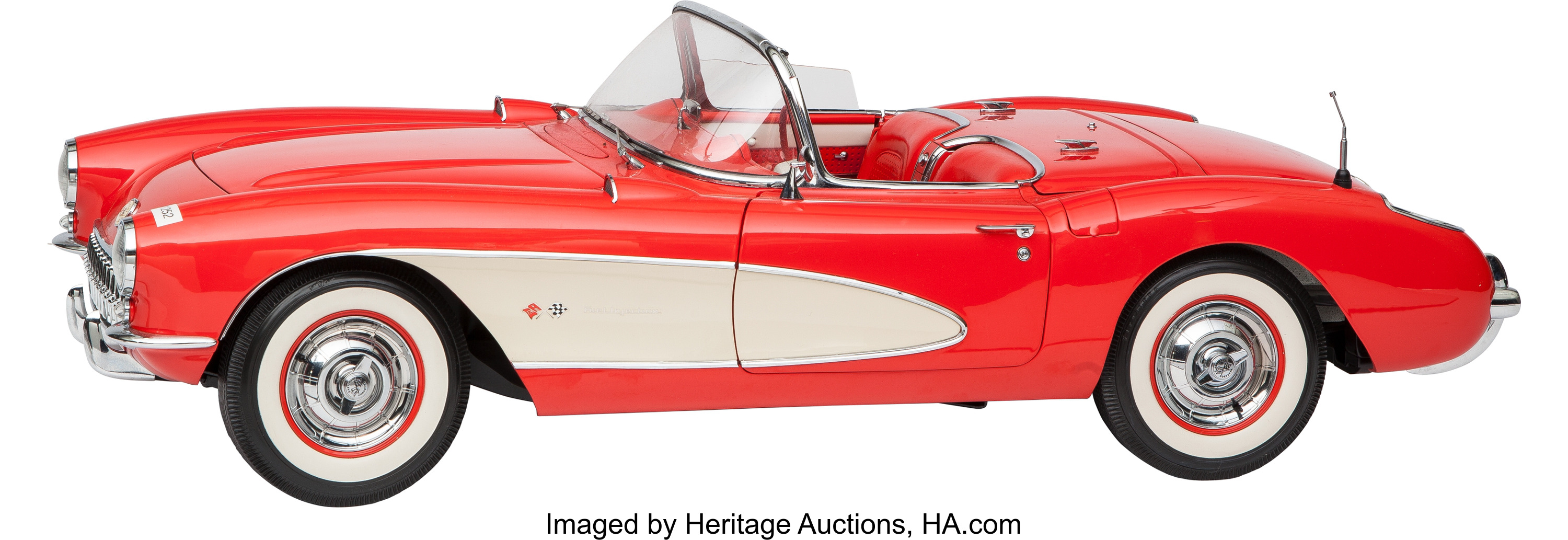
By Jim O’Neal
“For years, I thought what was good for our country was good for General Motors, and vice versa.” – Charles Erwin Wilson, CEO of General Motors, as a nominee for Secretary of Defense for President Eisenhower in 1953 confirmation hearings (often misquoted)
From 1931 to 2007, General Motors was always the biggest and then, as predicted, they couldn’t pay their bills. They chose to file Chapter 11 bankruptcy and gratefully accepted a federal bailout. The corporate name was formally changed to “Motors Liquidation Company,” an entity that allowed them to deal with their many creditors through a complex structure of four trust funds. Then voilà – a new General Motors was born. It issued an IPO in 2010 that raised $20.1 billion, and by 2016 established record sales of 10 million units.
“General Motors is alive and Osama bin Laden is dead” became a clever line used in the Obama vs. Romney presidential race.
Before all this happened, much earlier, the first Chevrolet Corvette rolled off the production line in Flint, Mich., in 1953. However, it wasn’t until spring 1956 that I recall seeing one. We were parked at Gene’s BBQ Drive-in on Long Beach Boulevard in Compton, Calif., when a smallish, white convertible pulled in. I’m not sure what model it was or even the year, but it didn’t impress anyone (yawn). I had a cherry red 1951 Mercury with 17 coats of hand-rubbed, lacquer paint that was way cooler.

His name, Zora Arkus-Duntov, seemed better suited for the ruler of a planet in a Buck Rogers comic strip than as the father of this little “Vette” that was destined to become a true American sports car. Duntov joined the GM-Chevrolet R&D group in 1953, but the Corvette (French for a small, highly maneuverable ship, smaller than a frigate) didn’t get his full attention until 1955.
The first cars were six-cylinder two-seaters and white, “Polo White” to be precise, and only 300 were produced in 1953. The next year, sales were projected to be 10,000, but only 3,640 were assembled and only two-thirds of those were sold by year’s end. Then, unexpectedly, sales in 1955 declined to a measly 700. The drop was worrisome, especially to those who truly believed in the destiny of a car with Corvette’s aspirations.
Duntov was born in Belgium to Russian parents. He was raised in Russia and, in retrospect, the signs of where he was headed were clear. He loved motorcycles and at the tender age of 14 designed a motor-driven ice sled. The family moved to Germany and at university, he wrote his thesis on supercharging.
When he left the Chevrolet R&D team for Corvette, he could see the car wasn’t quite right. “The first time I saw Corvette, I think … beautiful, beautiful car … but I was disappointed what was underneath … but visually, it was superb!” He believed in its future, as did the man who created it, Harley Earl. Earl’s 1927 LaSalle had placed him at the forefront of Detroit’s great stylists. But it was Duntov who transformed the Corvette into “a bat out of hell.”
The 1956 Corvette was the first model to feel the impact of Duntov’s influence. The 210-horsepower engine could be cranked to 225 with the optional twin, four-barrel carburetors. Then, for racing, you could add Duntov’s cam, 240 horsepower. This one reached 163 mph, which really got the automotive world’s attention!
Despite all the improvements, the team was still restless. Bill Mitchell succeeded Earl as head of design and when he saw the designs of Larry Shinoda, a young Japanese-American who created his first designs while in a WW II internment camp, he knew they had it – the most striking of all Corvettes, the 1963 Sting Ray. This marked Corvette’s true arrival and when combined with what Duntov put under the hood, it ensured them a place in history. Corvette would lose its way at various times over the years, but a sense of heritage and resilience always enabled it to come back.
If the new General Motors ever stumbles again, they would be wise to look back at their own Corvette history. They will be reminded that the cars we admire most (and buy) derive from true passion and a strong singular vision.
 Intelligent Collector blogger JIM O’NEAL is an avid collector and history buff. He is president and CEO of Frito-Lay International [retired] and earlier served as chair and CEO of PepsiCo Restaurants International [KFC Pizza Hut and Taco Bell].
Intelligent Collector blogger JIM O’NEAL is an avid collector and history buff. He is president and CEO of Frito-Lay International [retired] and earlier served as chair and CEO of PepsiCo Restaurants International [KFC Pizza Hut and Taco Bell].
